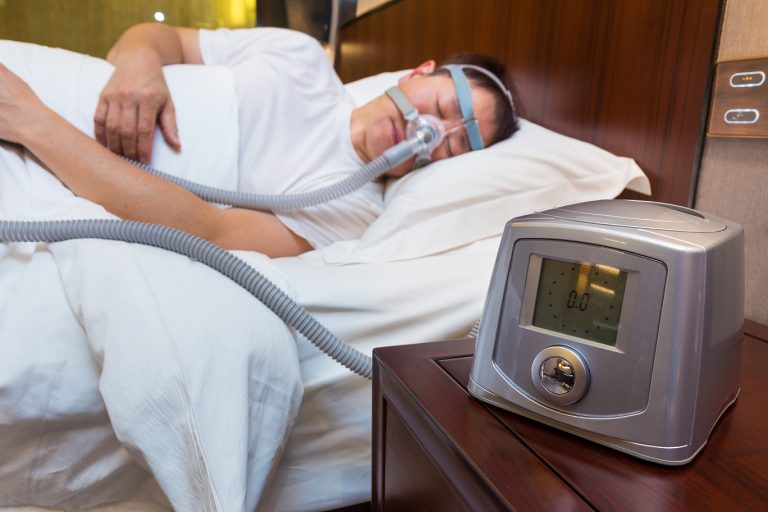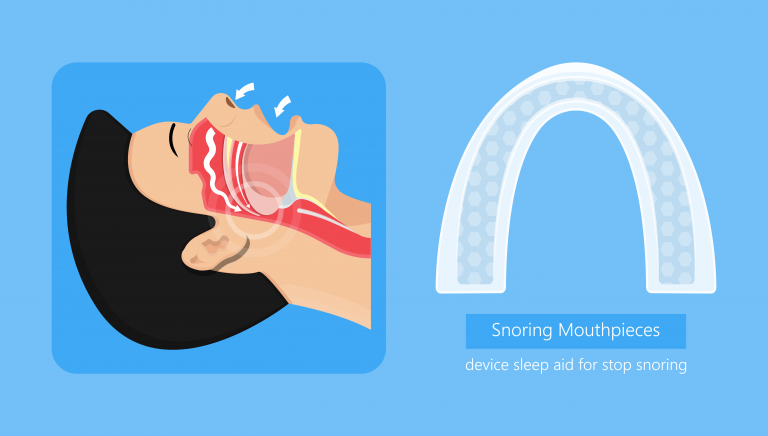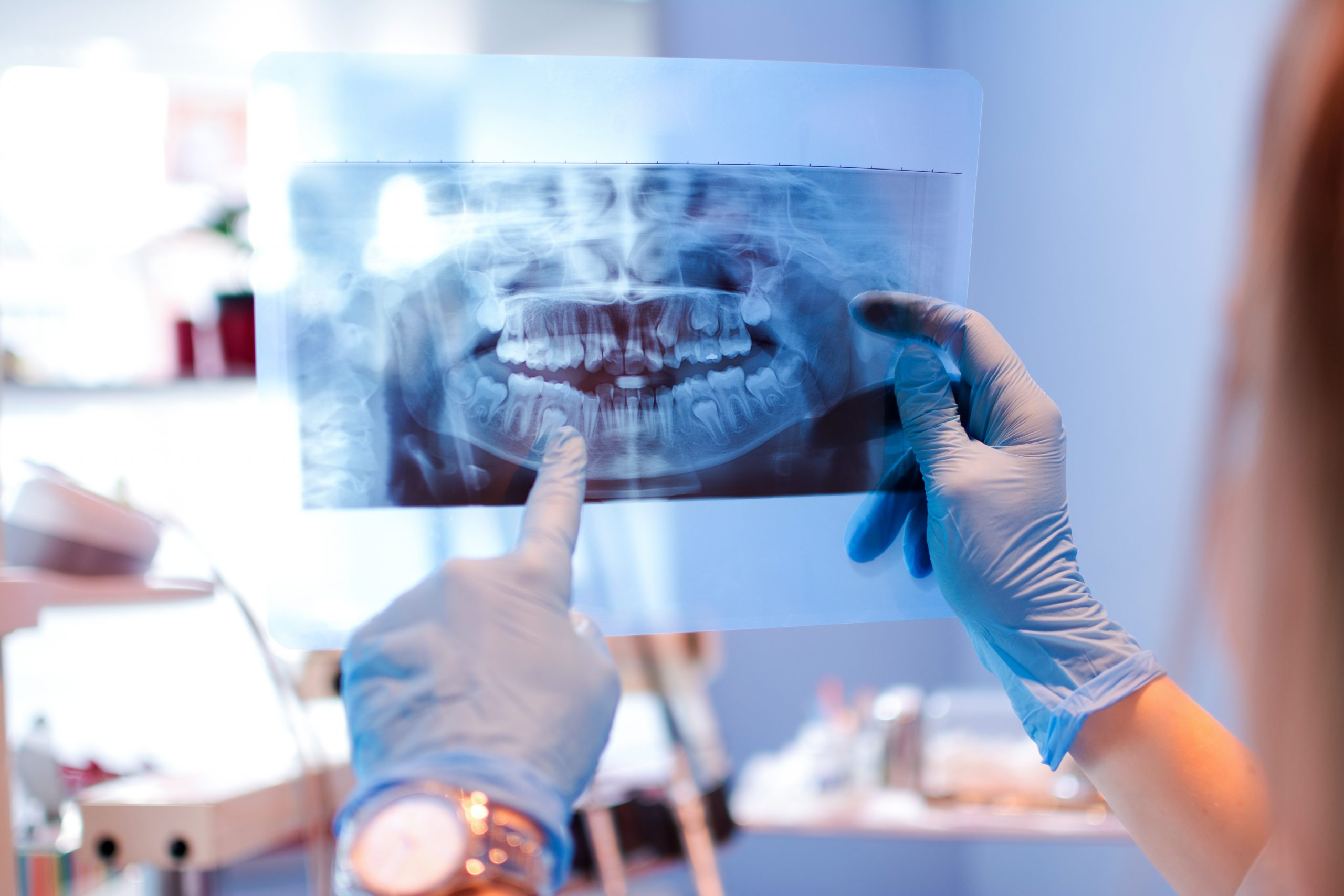Obstructive Sleep Apnea
Are you or your family members snoring at night?
When should you get treated for snoring?
Snoring is one of the symptoms of Obstructive Sleep Apnea (OSA). Most times, it goes untreated and unattended as many might think snoring could just mean your body is tired.
Snoring occurs when air flows past relaxed tissues, such as your tongue, soft palate, and airway, as you breathe. These tissues narrow your airway and it might cause them to vibrate.
Snoring is a medical problem, and it is one of the signs to get yourself checked by a doctor.
What is Obstructive Sleep Apnea (OSA)?

Obstructive Sleep Apnea (OSA) is characterized by repeated obstruction of the airway during sleep. This happens as the soft tissue at the back of our throat becomes relaxed and blocks the airway. Snoring is one of the signs of OSA but it is not indicative of the disorder.
The management of OSA is multidisciplinary in nature and may involve specialists such as otolaryngology to dental specialties such as oral and maxillofacial surgery and orthodontics.
A 2016 by Jurong Health Services study shows that:
1 in 3 Singaporeans suffer from Sleep Apnoea
Do you or your loved ones suffer from any of these symptoms?
- Daytime sleepiness
- Dry mouth or sore throat when you wake up
- Morning headaches
- Restlessness during sleep
- Snoring
- High blood pressure
- Abrupt awakenings accompanied by gasping or choking
- Difficulty concentrating during the day
- Mood changes, such as depression or irritability
You or your loved ones might be at risk of Sleep Apnea
- Being Male
- Older age
- Family history of sleep apnea
- Asthma
- Smoke
- Diabetes
- High blood pressure
- Being overweight or obese
- Large or thick neck
- Have a large tongue
Sleep Apnea / Snoring can be treated!
Sleep Apnea Treatment Solutions

CPAP MACHINE
These machines are the most effective way to treat OSA but require nightly usage. Prescribed by a sleep physician, these machines use a mask that fits over your nose, or nose and mouth. It blows air at a pressure that helps you breathe during sleep.
Mandibular Advancement Device (MAD)
This is a thicker version of the mouth guard that athletes wear. Rather than passively sitting, the MAD protrudes the lower jaw forward, thereby widening the airway. The MAD clips onto the upper and lower teeth and cannot be applied if the teeth are not able to support this device.


Orthognathic Surgery
Jaw surgery to advance both the upper and lower jaws and chin can be performed in severe cases. Your doctor moves your jawbone and face bones forward to make more room in the back of your throat. These procedures are usually done when other treatments fail to improve.
What to expect during your Sleep Apnea treatment?
1. Consultation with a Dentist
During your first consultation with our dentist, we will find out more about your medical history review and will conduct a thorough evaluation. If necessary, the dentist may take X-rays, intraoral scans, or other diagnostic imaging to assess the oral anatomy further.
2. Treatment Plan
Patient will be sent to do a sleep test, and this will determine the treatment plan. Once the sleep test results have been signed off by an ENT, our dentist will discuss with you the possible treatment plans.
If a Mandibular Advancement Device (MAD) is suitable, our dentist will take a digital 3D impression of your mouth before sending it for fabrication for a customised mouth appliance.
3. Start Treatment
Once the customise mouth appliance is ready, patient will be educated on how to wear and take care of their mouth appliance. Our dentist will schedule regular reviews to ensure that the treatment plan is working well to treat your snoring.
Our Team
Dr. Lim Young
Preventive and Restorative Dentistry
Dr. Chan Wai Seng
Oral and Maxillofacial Surgeon
Dr. William Lim
Oral and Maxillofacial Surgeon



